by Ron Ploof | Oct 15, 2018 | Business Storytelling
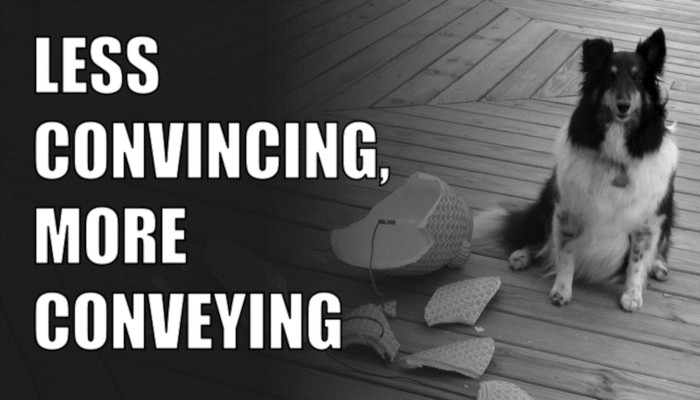
Susan Carnicero is a former CIA agent who specializes in spotting deception. I first learned of her through a YouTube video of her teaching how to tell if someone is lying. One of the deception techniques jumped out at me. People who lie convince while those telling the truth convey.
The distinction resonated with me. I once had an old boss who always said, “We need to manage the customer’s expectations.” I’ve always hated that statement and now understood why. He wanted us to convince while I like to convey.
Susan explains that “…a convincing statement is the strongest arrow…” in a liar’s quiver, because “we all want to be convinced. We want to believe that all people are good and that they’re always telling us the truth.”
For example, there are only two appropriate answers to the question, “Did you steal the merchandise?” Yes or no. However, a liar might say something like, “I’ve been loyal to this company for so long; I’ve never given you any reason to think that I’m a thief; or how could you ask me something like that?” Notice that none of these responses contain a denial. The person is trying to convince not convey.
My former boss sees marketing’s role as one to convince as opposed to convey. Convincing copy is easily identifiable through an abundance of hyphenated terms like: world-class, state-of-the-art, easy-to-use, thought-leader, industry-leading, leading-edge, etc… All are designed to convince not convey.
Susan leaves us with one last thing to consider when folks lay it on too thickly by invoking God’s name, swearing on a relative’s grave, or using hyphenated marketing terms. “Convincing statements sound so true, or in this case, irrefutable.” But they still don’t answer the question.
The next time your write some marketing copy, ask yourself the following question. Am I trying to convince or convey? If it’s the former, try rewriting for the latter.
Photo Credit: Jim Thompson under a Creative Commons Attribution-ShareAlike 2.0 Generic (CC BY-SA 2.0)
by Ron Ploof | Sep 16, 2018 | Business Storytelling
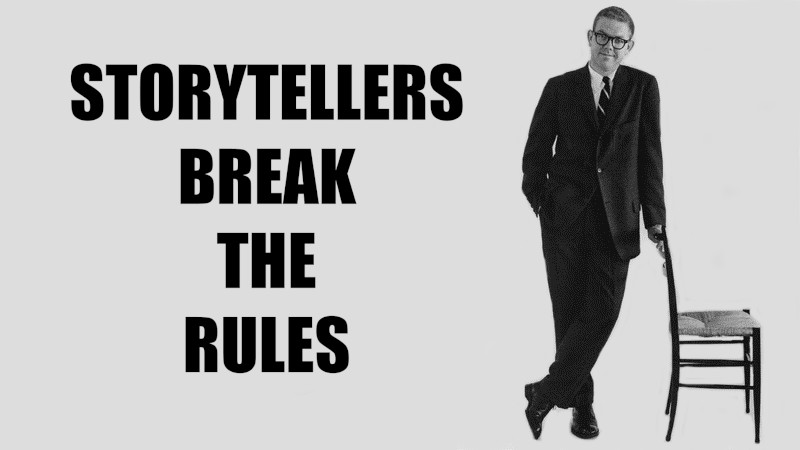
In 1959, a group of advertising execs from Young and Rubicam visited a thirty-three-year-old radio and recording artist for help. Their client, Kaiser Aluminum Foil, remained stuck at five percent market share because by the time local grocers had stocked their shelves with foil from market leaders Reynolds and Alcoa, no room existed for Kaiser.
Y&R didn’t approach Stan Freberg for his expertise in selling thinly rolled metals. They sought the satirist who single-handedly turned Madison Avenue upside down with his outlandish idea that commercials could actually entertain audiences instead of simply assaulting them with hyperbole.
Freberg recommended a series of commercials that encouraged customers to ask their local grocers to carry Kaiser foil. The series would follow the trials of Clark, a down-in-his-luck Kaiser Aluminum Foil salesman, who battled grocers daily for shelf space. Here’s a script snippet from one of these commercials.1
The scene opens with Clark coming home after a hard day’s work. Soap opera music plays in the background as he describes his bad day to his wife.
WIFE: (SOB) Then this means I won’t be able to have my operation!
One of Clark’s children overhears the conversation and interjects:
CHILD: (IN A SMALL WISTFUL VOICE) Did you bring me some new shoesies, Daddy?”
CLARK: Ummm…Daddy doesn’t have any money for shoesies these days…because the mean old grocers won’t stock Daddy’s foil.
When Freberg finished pitching the script, a few chuckles were drowned out by protests. Some Y&R execs worried about offending local grocers while others questioned a commercial that openly branded Kaiser as an underdog.
“You didn’t go to the Harvard Business School, did you?”2 one of the execs asked.
Freberg hadn’t.
“Well I was sure of that,” the executive snorted. “If you had, they would have taught you one of the primary rules of marketing: Advertising cannot force distribution.”3
History always repeats itself. There was a time when we knew with certainty that the world was flat, the sun revolved around the earth, and advertising couldn’t force distribution. But we also know that testing old rules frequently leads to new ones. Kaiser Aluminum Foil authorized the series, the company added 43,000 new distribution outlets, and Harvard Business School was forced to revise its curriculum.
The best storytellers break the rules. What rules can you break today?
Photo Credit: Publicity photo of American satirist Stan Freberg. Public Domain
Notes:
- Stan Freberg, The It Only Hurts When I Laugh (New York: Times Books, 1988), p.159.
- It only hurts when I laugh, p. 162
- It only hurts when I laugh, p. 162
by Ron Ploof | Sep 10, 2018 | Business Storytelling
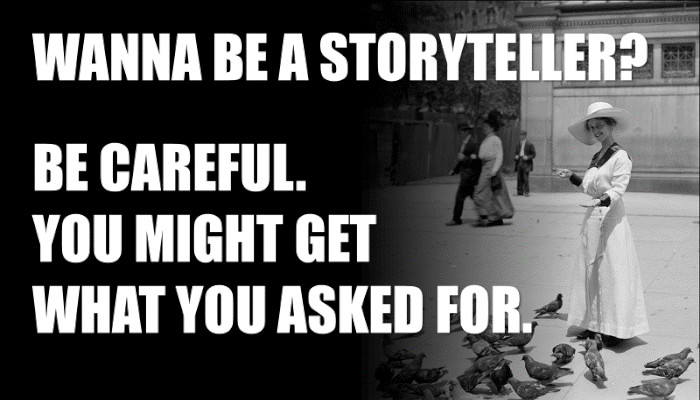
To most, storytelling is a job or a hobby. To others, it’s a vocation. While all three come with benefits, vocational storytellers sacrifice the most to hone their craft. They trade living-in-the-moment for the acuity to capture that moment. In other words, vocational storytellers remove themselves from active participation in an event to observe it passively. And while being a vocational storyteller has made me a better communicator, I frequently find myself as more of a student of life as opposed to a participant in it. As a result, it’s hard to lose myself in any moment because I fear missing an opportunity to gain a deeper understanding of it.
About ten years ago, my wife and two teenage children were sitting at a sidewalk restaurant table. As happens all too frequently, my mind wandered away from the conversation and to a small bird walking on the concrete. Something about the way the bird’s head rocked back and forth caught my attention, and after careful study, I realized that its head bobbed twice for every step it took. For example, if the bird’s head came forward as it planted its left foot, it would rock back then return just as its right foot hit the ground. The bird’s head bobbed twice for every step it took.
That’s when I heard my family snickering. “Earth to Dad,” my daughter said, interrupting my daydream. Luckily, I’ve been blessed with a family that accepts my peculiarities and can keep me grounded through some good-natured ribbing– so much so that, to this day, every time they catch me living out-of-the-moment, they drag me back in by referring to the incident. “Dad, are you trying to figure out how birds walk again?”
So, you wanna be a storyteller? Excellent. I welcome you to one of the world’s most eclectic groups. Now you have a decision to make. Which subgroup will you choose: hobby, job, or vocation? There’s no wrong answer. All can be excellent communicators. Just understand that if you choose to take the sacred vows of vocation, you’ll need to make sacrifices to reap its vast rewards. You’ll need to trade living life in-the-moment for the deep focus required to describe it.
But, before I scare you off, know that with great sacrifice comes great benefits. A well-written story will warm your soul like nothing else can…well, at least until you start writing the next one.
Photo Credit: Detroit Publishing Co., Copyright Claimant, and Publisher Detroit Publishing Co. Feeding the pigeons, Boston Common. Boston Boston. Massachusetts United States, None. [Circa between 1910 and 1920] Photograph. https://www.loc.gov/item/2016812264/.
by Ron Ploof | Aug 13, 2018 | Business Storytelling
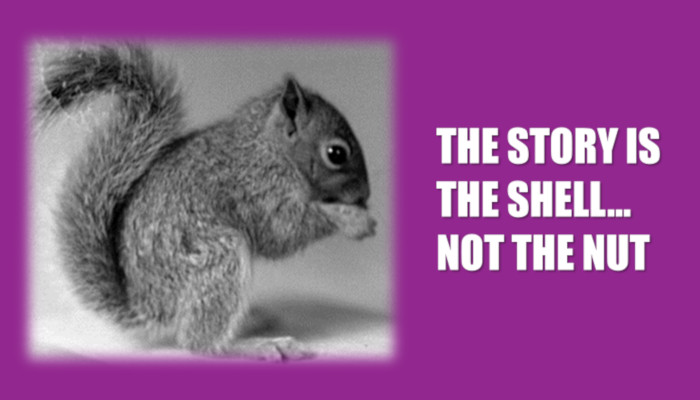
A couple of months ago, my grown daughter prefaced something with, “I forget the story, but this is what I took away from it.”
Her statement gave me pause because it changed my view on the relationship between message and story. Previously, I saw story as a permanent vehicle that delivered meaning from one person to another. Afterward, I saw story as more temporary–and I must admit–I didn’t like this revelation. I work hard to weave messages into my stories and have always considered them inseparable. But now, to think that messages could survive the stories that carried them? That was troublesome.
Then, upon further reflection, I realized that I was being selfish.
For the past three years, I’ve used this little corner of cyberspace to preach how storytellers must have empathy for their audiences. If I’m truly willing to follow my own advice, then I must admit that the audience cares more about the message than the story. As a result, rather than grieving the loss of a story, I should be celebrating the successful delivery of its message.
The role of any story is to pass meaning from one person to another. Good stories present the right words at the right time to both invoke and hold an audience’s interest long enough for them to make meaning. If that happens and wisdom is passed, does the delivery mechanism’s fate really matter? And to expand upon that concept, when enlightened audience members decide to pass their newfound wisdom onto others, do they need the original story to do so, or perhaps it’s best that they wrap the message into stories of their own?
It’s not about the story; it’s about the moral of the story.
The story is a shell whose sole purpose is to deliver the nut. It’s designed to last for as long as it takes to deliver its precious cargo, whether that’s to the ground where it grows roots or to a hungry mouth. Either way, the shell is cracked and discarded. That’s life. Some things give their lives for the sake of others and stories are no different.
The message is the nut. The story is the shell. And that’s alright by me.
Photo Credit: Horydczak, Theodor, Approximately, photographer. Animals. Squirrel side view, eating nut. Washington D.C, None. ca. 1920-ca. 1950. Photograph. https://www.loc.gov/item/thc1995010295/PP/.
by Ron Ploof | Aug 6, 2018 | Business Storytelling

The question “What do you want on your headstone?” is an excercise with deep storytelling roots because it forces you to find your life’s throughline (StoryHow™ Pitchdeck Card # 40). I found my answer to the question many years ago.
He made the complex simple.
That’s what I do. I love to transform complex concepts into fundamental elements of human understanding.
Richard Feynman, the late Nobel Prize winning physicist, had an interesting way of testing his understanding of a complex concept by preparing a freshman lecture on it. If he couldn’t explain the concept to a classroom filled with high-school educated students, he concluded that he didn’t understand it himself, and therefore needed to go back to the drawing board.
I love that philosophy because professor Feynman puts the blame on himself, not the students. He, like all great storytellers, has empathy for his audience and thus takes responsibility for helping his students build upon their prior knowledge to arrive at the new knowledge.
His philosophy runs counter to a phrase that I despise. If you ever want to see me get a little heated, just say the following: “Ron, we need to dumb this down.” I hate this phrase because it belittles an audience. Audiences don’t need oversimplifications, they need someone who cares enough to teach them what they need to learn. Unfortunately, such teaching requires effort. But if done right, the effort is worth it.
Recently, I helped an engineer explain his new machine learning program. As with most brilliant people describing their work, he dove enthusiastically into too many details of how his invention worked instead of what it did. So, I asked him questions. Why was his program important? What problem did it solve? What are the implications of not having it? It took a while, but I began to understand who the program was for and why it was important to them. Finally, by embracing my own learning process, I found the path to help others understand it too. I didn’t dumb-down the concept–I bootstrapped my understanding to his, and then taught others how to do the same.
Dumbing-down is easy. Building up is hard. The human mind can comprehend complex concepts immediately if given the right context and frame of reference. It’s our job as storytellers to find that baseline concept and to build upon it.
Don’t dumb down. Build up.
Photo Credit: Thomas, Henry Atwell, Copyright Claimant. “The good-for-nothing” / W. Una chro. ; Raynor pin. , 1872. [New York City: Published by the American Chromo Co. No. 743 Broadway, New York City] Photograph. https://www.loc.gov/item/2017660748/
by Ron Ploof | Jul 30, 2018 | Business Storytelling
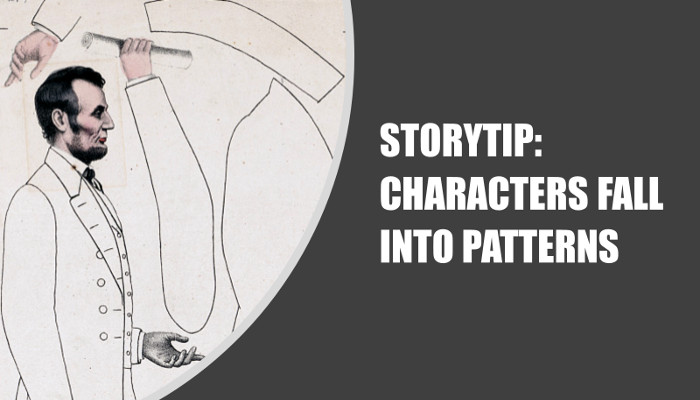
“Why do you keep you doing that?” my sailing instructor asked.
“Doing what?”
“Why can’t you leave it idling?”
We’d been been practicing one of sailing’s most important skills: docking under power. While you might think that learning how to tack, run, or set a beam reach would be more important to learn, consider the odds of a collision when sailing in the open ocean as opposed to navigating through a marina packed with millions of dollars worth of boats.
The goal was to move as slowly as possible while still having full control of your boat. The instructor had taught me to set the engine lever to the idle position, but for some reason, I refused to leave it there. Instead, I’d give it a little extra gas, thus making the boat move a little faster and in turn, increasing the odds of colliding with some millionaire’s weekend getaway.
While my actions perplexed the instructor, I knew exactly why I was doing it. When I was a teenager, I owned a car that always stalled while idling. The only way to keep it running was to give it a little gas. Since the boat’s rough idling sounded exactly like my car just before it choke out, I reacted accordingly.
Little did I know that all boats sound like that in their idle position!
The StoryHow™ method is built upon the premise: a story is the result of people pursuing what they want, and so we frame our stories by defining its events, roles and influences. Let’s take a look at the base elements for this story.
- Event: Safely docking a sailboat under engine power
- Roles: Student and instructor
- Influences: Conflicting ideas of how a boat engine works
The influences make this story work. A simple misunderstanding in engine mechanics sets up conflict, confusion, and eventually forces the instructor to question his student.
We all bring patterns to our present situations and some of the best stories emerge from mismatches in those patterns. So, what patterns do your characters bring to a situation? How will you reveal them? Will you let the audience know and keep the other characters in the dark, or will you reveal the motivations to all and let the mayhem ensue?
We all bring patterns. Try playing with them to find your next story.
Photo Credit: https://www.loc.gov/resource/pga.11245/





